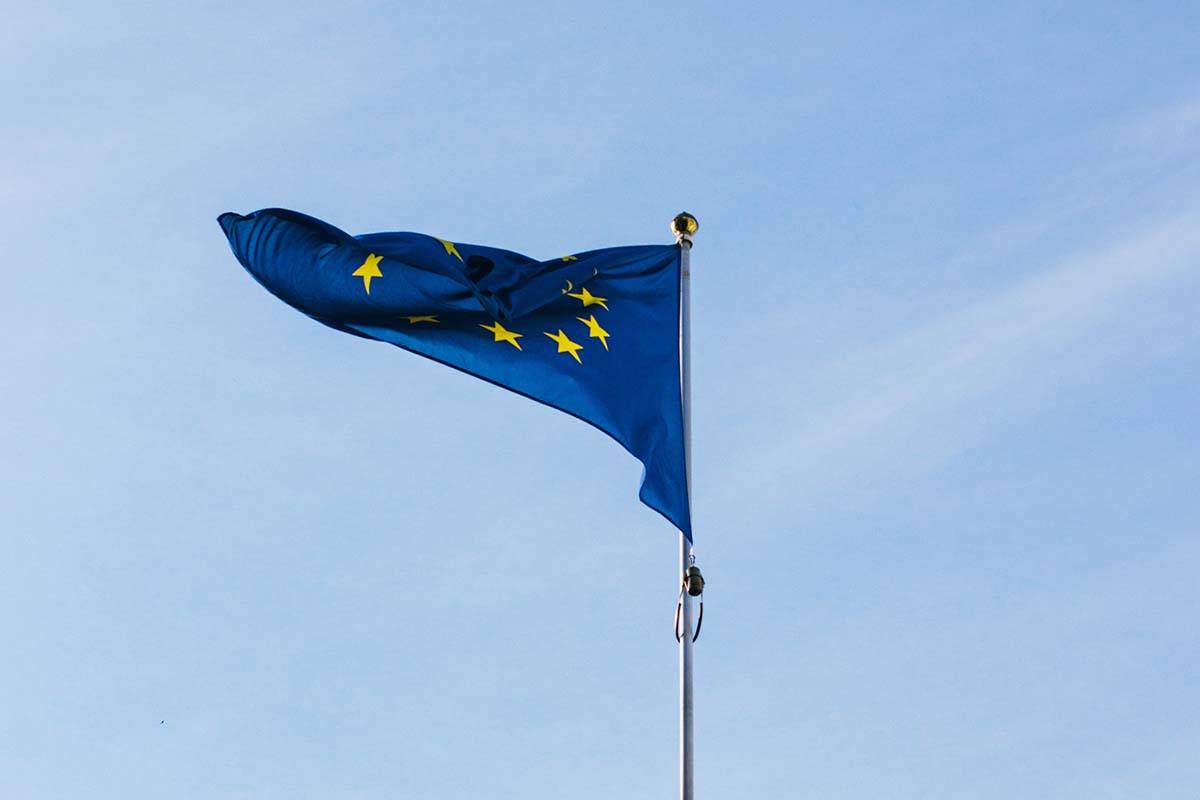The European Union announced yesterday that today, July 1st, it will officially reopen its borders for international travel from 14 different countries: Algeria, Australia, Canada, Georgia, Japan, Montenegro, Morocco, New Zealand, Rwanda, Serbia, South Korea, Thailand, Tunisia and Uruguay. A fifteenth — China — will be added to that list as soon as the Chinese government “confirms a policy of reciprocity.” Meaning, once EU citizens are allowed to travel to China, the E.U. will okay the same for Chinese citizens.
Notably absent from the list? The United States. While the exclusion might be construed by some (1600 Pennsylvania Avenue) as a political snub, the E.U. determined its restrictions on a purely epidemiological basis. Countries currently not in a situation “as good or better” than that in the E.U. — determined by studying infections trends, testing capacity and contact tracing efforts — were left off the list. Unsurprisingly, that includes the U.S., where several states are setting new infection records every single day, and places like California and the Greater New York City area are already rolling back reopening plans.

Last week, the world passed two sobering COVID-19-era benchmarks: 1) 10 million total cases and 2) 500,000 total deaths. The US has played a disproportionate role in helping the planet get there, accounting for 25% of both figures. For the EU, this exclusion was nothing personal. The Trump Administration’s miserable response to the pandemic — typified by a constant, puzzling politicization of access to PPE, a celebration of dubious test-trial drugs and a disavowal of basic public-safety guidelines — just made it impossible, for now at least, to justify bringing Americans to its shores. One would hope that this will be a wake-up call in Washington. After all, Canada made the E.U.’s cut. Brazil and Russia, two other nations run by conservative leaders who’ve shrugged off the virus, did not. Brazil is currently reporting more than 35,000 new cases a day, and Russia is reporting more than 6,500. (The U.S. set a single-day high yesterday with 48,000 cases.)
The U.S. (along with every other nation left off the E.U.’s list) will have another opportunity, two weeks from now, to be granted international travel to the E.U.+, which includes the bloc’s 27 member states, along with four non-member countries that are part of its open-borders zone: Norway, Iceland, Switzerland and Liechtenstein. It seems highly unlikely that cases will have subsided enough in the States by then, though. In that case, Americans might not be allowed to travel to the E.U. until August 1st (assuming the country makes that deadline). That scenario could be especially difficult on Southern European nations like Greece, Italy and Spain, which rely on an influx of visitors each summer. The E.U.’s internal borders opened in mid-June, but in patchwork fashion, and its international borders rely on around 17 million Americans each year — many of whom spend their trips along the Mediterranean.
This fact could lead to certain Southern European destinations waiving travel restrictions for Americans. The E.U.’s announcement today actually isn’t binding for it’s member states; it’s more of a strongly-worded letter. If a country like Greece, which hinted earlier in June that it might unilaterally open to the States, decides it can’t do without American visitors this year, it could blaze its own route. It will just risk seriously annoying other European nations (especially those with massive transportation hubs), and would have to rely on a multiple-step decision process from would-be travelers, namely: Are there flights available? And is it really worth it?
For now, the only European nation that average Americans (some dignitaries and business people have been flying to continental Europe with special permission already) can travel to is the United Kingdom. The country left the E.U. in January, and hasn’t been a part of the deliberations over travel restrictions. Americans can fly to the U.K. whenever they’d like, so long as they fill out an online form providing journey and contact details, and self-quarantine for two weeks upon arrival. Meanwhile, within Europe, it’s a good week for the continent’s most claustrophobic countries: citizens of the micro-states Andorra, Monaco, San Marino and the Vatican are also included in the E.U.’s list, and are free to finally stretch their legs.
This article was featured in the InsideHook newsletter. Sign up now.


















